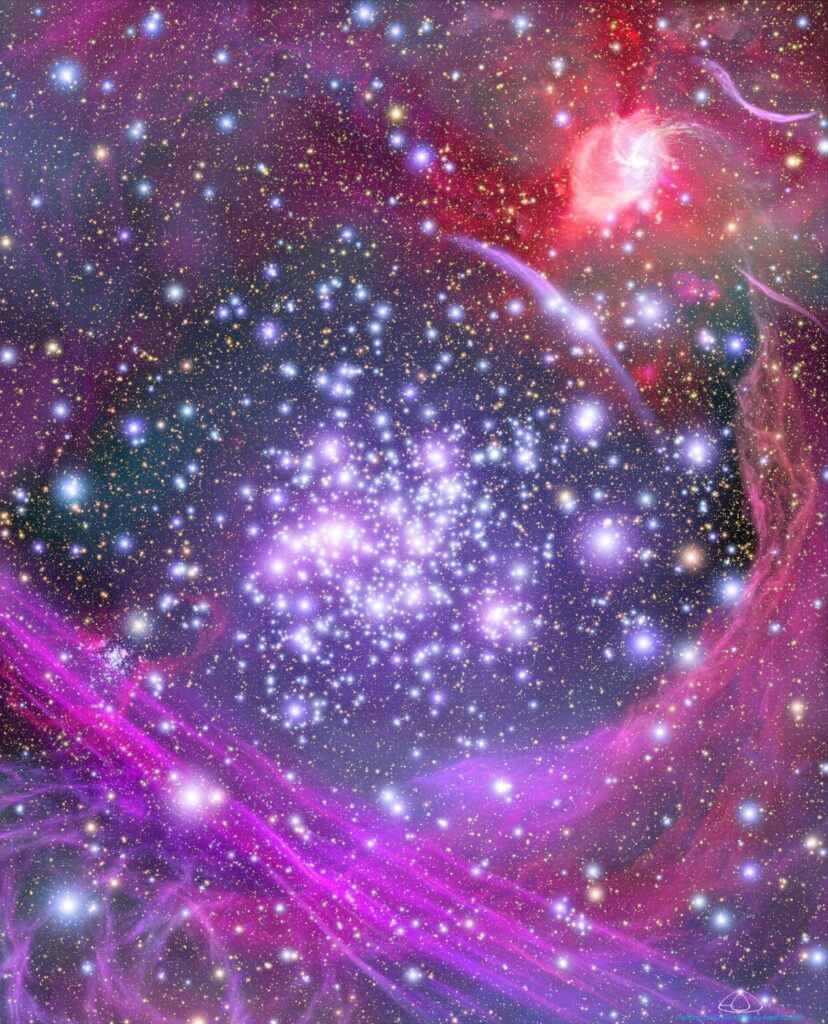Darkness, or the absence of light, is crucial to health and even survival. Humans need darkness to sleep and regulate circadian rhythms, by which the body resets and rejuvenates. Migratory birds have evolved to navigate based on the subtle cues of moonlight reflecting on the waters below. A majority of pollinators, like moths, do their pollinating at night.
What happens without darkness? Many things.
And many things don’t happen at all.
Darkness and mankind have not always gotten along. Darkness is associated with mystery, fear, death, and ignorance. The “Dark Ages” wasn’t an anti-candle movement. It was a time of fear and confusion, when literacy was almost wiped off the face of the Western world.
But we all need darkness. Plants, animals, people — we all depend on darkness for health and, ultimately, survival.
Circadian rhythms are based on the balance between day and night. The majority of pollinating species are nocturnal. Migratory species depend on subtle navigational cues directed by this same balance.
In recent studies, researchers have found that rates of cancer and other major health concerns increase significantly in regions where artificial light and night shifts have overpowered darkness.
Children in the US are growing more familiar with screens — like the one you’re reading this on — than with the sky above. And they certainly don’t have much chance to understand what real darkness looks like.
Reprinted with permission from the Julian Dark Sky Network
